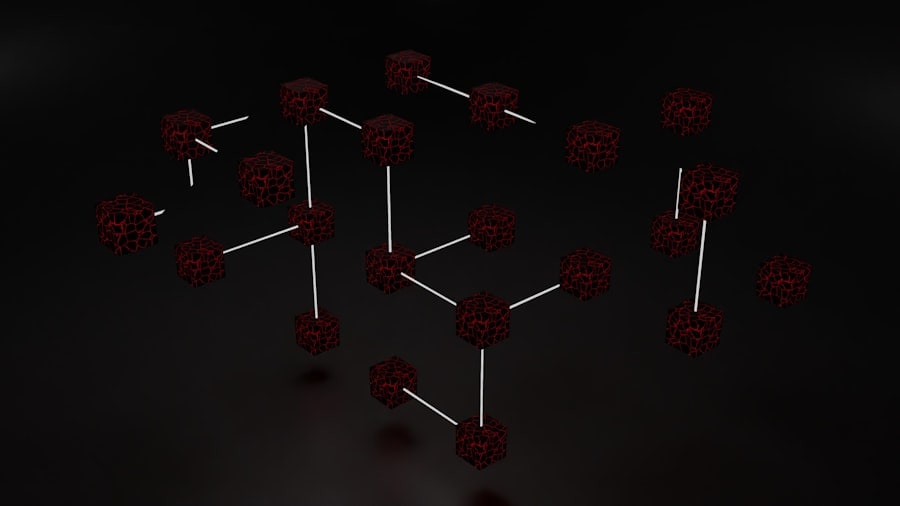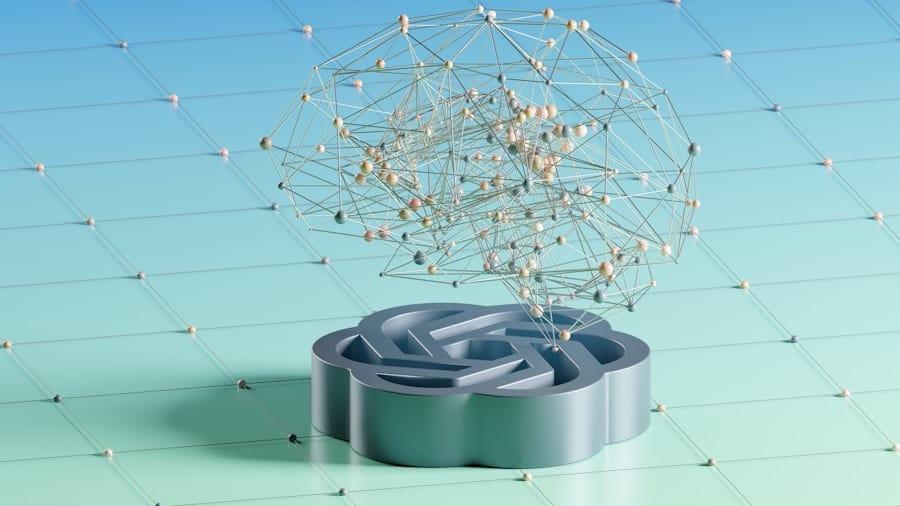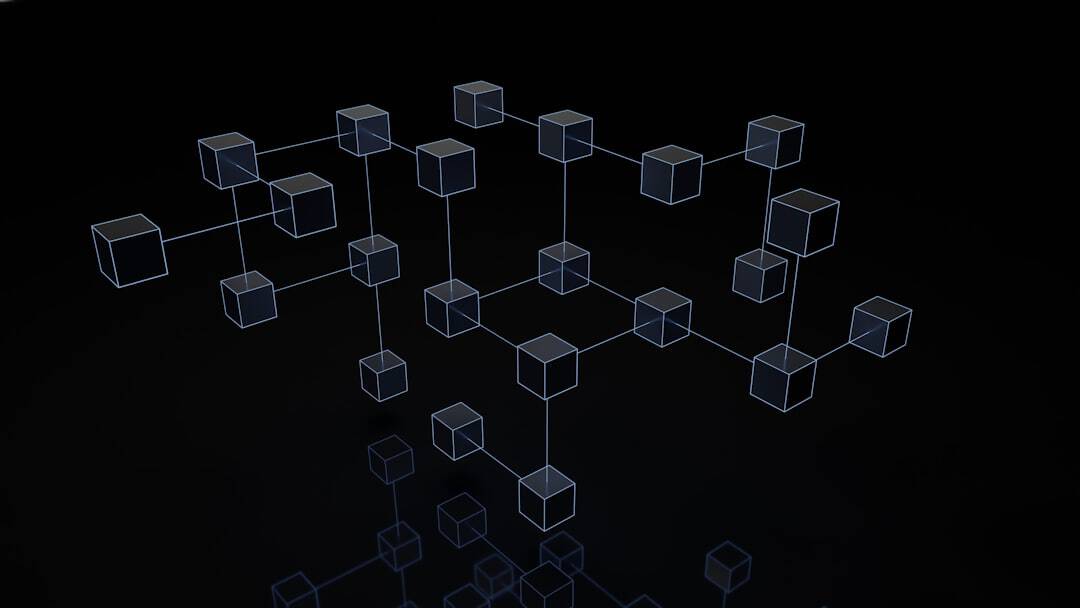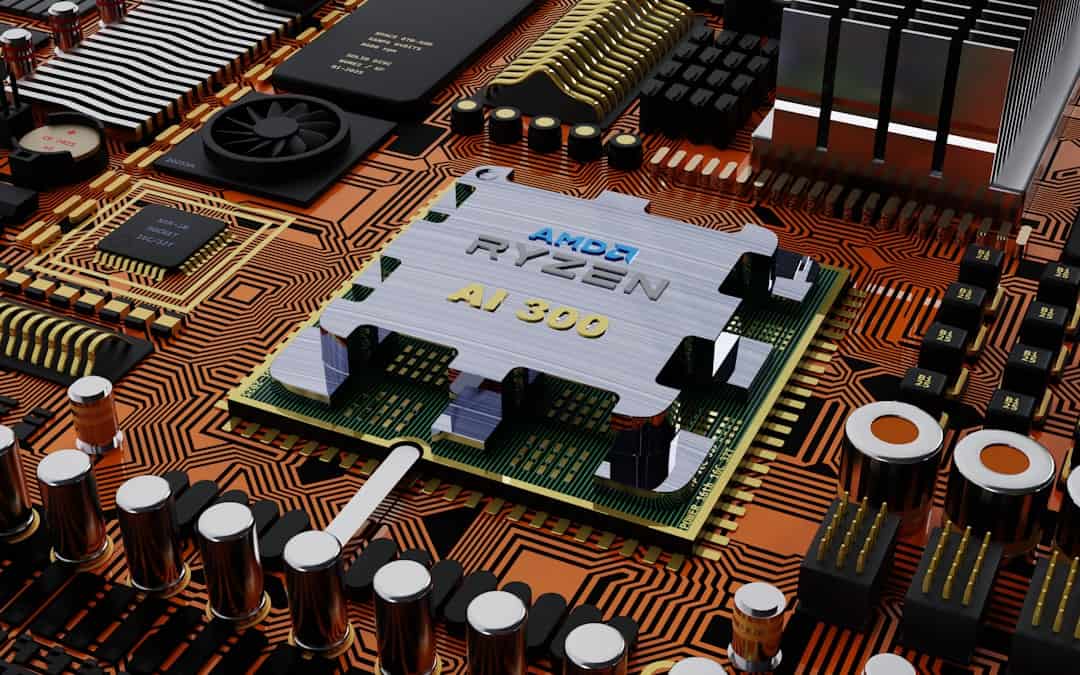Cellular Neural Networks (CNN) are a class of artificial neural networks inspired by biological neural systems. They consist of a grid-like arrangement of interconnected cells, each linked to its neighbors through weighted connections. This structure enables parallel information processing, mimicking the collaborative function of neurons in the brain.
Each cell in a CNN operates as a basic computational unit, performing local operations on inputs and generating outputs accordingly. The collective behavior of these cells allows CNNs to accomplish complex tasks such as pattern recognition, image processing, and decision-making. A key feature of CNNs is their local connectivity, where cells only interact with their immediate neighbors.
This characteristic facilitates efficient parallel processing, making CNNs particularly suitable for real-time analysis of large datasets. Furthermore, CNNs are highly adaptable; by adjusting the connection weights between cells, they can be reconfigured to perform various tasks. This versatility renders CNNs valuable tools in artificial intelligence and related fields.
Key Takeaways
- Cellular Neural Networks (CNN) are a type of artificial neural network inspired by biological systems, consisting of interconnected cells that process information in parallel.
- CNNs have been successfully applied in various AI applications such as image processing, pattern recognition, and signal processing, due to their ability to handle complex and dynamic data.
- The advantages of CNNs in AI include their ability to process information in parallel, their robustness to noise and faults, and their potential for hardware implementation.
- However, CNNs also face challenges and limitations in AI, such as the need for large amounts of training data, complex parameter tuning, and limited understanding of their inner workings.
- Future developments and research in CNNs for AI aim to address these limitations, improve their performance, and explore new applications, such as in autonomous systems and robotics. Implementing CNNs in AI systems requires careful design, training, and optimization to harness their full potential.
Applications of Cellular Neural Networks in AI
Image Processing
In image processing, CNNs are employed to analyze and interpret visual data, such as identifying objects in images or detecting patterns and textures. Their ability to process information in parallel and adapt to different types of visual data makes them well-suited for these tasks.
Pattern Recognition
In pattern recognition, CNNs are used to classify and categorize data based on its underlying patterns and features. For instance, they can be trained to recognize handwritten characters or identify specific objects in a set of images. The local connectivity and parallel processing capabilities of CNNs make them highly effective for these tasks, enabling them to quickly analyze and classify large amounts of data.
Decision Making
In decision making, CNNs can be used to model complex systems and make predictions based on input data. For example, they can be used to analyze financial data and make predictions about stock prices or market trends. Additionally, they can be used in medical diagnosis to analyze patient data and make recommendations for treatment options. The ability of CNNs to process and analyze complex data sets makes them valuable tools for decision making in AI.
Advantages of Cellular Neural Networks in AI

One of the key advantages of CNNs in AI is their ability to process information in parallel. Unlike traditional neural networks, which process information sequentially, CNNs can process multiple inputs simultaneously, making them much faster and more efficient for tasks that require real-time processing of large data sets. This parallel processing capability allows CNNs to handle complex tasks such as image recognition and decision making with greater speed and accuracy.
Another advantage of CNNs is their adaptability and flexibility. CNNs can be easily reconfigured to perform different tasks by adjusting the weights of the connections between cells. This means that CNNs can be trained to perform a wide range of tasks, from image recognition to decision making, without the need for significant changes to the network architecture.
This adaptability makes CNNs highly versatile and well-suited for a wide range of applications in AI. Additionally, CNNs are well-suited for tasks that require real-time processing and analysis of large amounts of data. The local connectivity of CNNs allows them to efficiently process information from multiple sources simultaneously, making them ideal for applications such as image processing, pattern recognition, and decision making.
This real-time processing capability makes CNNs valuable tools for AI systems that need to quickly analyze and respond to changing data.
Challenges and Limitations of Cellular Neural Networks in AI
| Challenges and Limitations of Cellular Neural Networks in AI |
|---|
| 1. Limited scalability for large-scale problems |
| 2. Difficulty in designing complex architectures |
| 3. Lack of interpretability and explainability |
| 4. High computational complexity |
| 5. Limited hardware support and implementation challenges |
While CNNs offer many advantages for AI applications, they also have some challenges and limitations that need to be addressed. One challenge is the complexity of training CNNs for specific tasks. Training a CNN requires adjusting the weights of the connections between cells to optimize the network’s performance for a given task.
This process can be time-consuming and computationally intensive, particularly for tasks that require processing large amounts of data or complex patterns. Another challenge is the potential for overfitting in CNNs. Overfitting occurs when a CNN is trained too closely on a specific set of training data, leading to poor performance on new or unseen data.
Preventing overfitting in CNNs requires careful design of the network architecture and training process to ensure that the network can generalize its learning to new data sets. Additionally, CNNs may struggle with tasks that require global context or long-range dependencies. The local connectivity of CNNs means that each cell only communicates with its immediate neighbors, which can limit the network’s ability to capture global patterns or dependencies in the input data.
Addressing this limitation may require modifications to the network architecture or the development of new training algorithms to enable CNNs to capture long-range dependencies more effectively.
Future Developments and Research in Cellular Neural Networks for AI
Despite the challenges and limitations, there is ongoing research and development aimed at advancing the capabilities of CNNs for AI applications. One area of research is focused on developing more efficient training algorithms for CNNs. This includes exploring new optimization techniques and learning algorithms that can accelerate the training process and improve the performance of CNNs for complex tasks.
Another area of research is focused on enhancing the ability of CNNs to capture global context and long-range dependencies in input data. This may involve exploring new network architectures or developing techniques to enable CNNs to effectively capture and process information from a wider spatial or temporal context. Additionally, there is ongoing research aimed at integrating CNNs with other types of neural networks and machine learning models to create more powerful AI systems.
This includes exploring hybrid models that combine the strengths of CNNs with other types of networks, such as recurrent neural networks or attention mechanisms, to enhance the overall capabilities of AI systems. Overall, future developments in CNNs for AI are likely to focus on improving training efficiency, enhancing the network’s ability to capture global context, and integrating CNNs with other models to create more versatile and powerful AI systems.
Implementing Cellular Neural Networks in AI Systems

Implementing CNNs in AI systems involves several key steps, including network design, training, and deployment. The first step is to design the network architecture, including determining the number of cells, their connectivity, and the overall structure of the network. This design process may involve experimenting with different architectures and configurations to optimize the network for a specific task.
Once the network architecture is defined, the next step is to train the CNN using labeled training data. This involves adjusting the weights of the connections between cells to optimize the network’s performance for the given task. Training a CNN may involve using optimization algorithms such as gradient descent or backpropagation to iteratively adjust the network’s parameters based on its performance on the training data.
After training, the final step is to deploy the CNN in an AI system for real-world applications. This may involve integrating the trained CNN with other components of an AI system, such as data preprocessing modules or decision-making algorithms. Deploying a CNN also requires testing and validation to ensure that the network performs accurately and reliably in real-world scenarios.
Overall, implementing CNNs in AI systems requires careful design, training, and deployment processes to ensure that the network can effectively perform its intended tasks.
Harnessing the Potential of Cellular Neural Networks in AI
Cellular Neural Networks offer significant potential for advancing AI capabilities in areas such as image processing, pattern recognition, and decision making. Their ability to process information in parallel, adaptability to different tasks, and real-time processing capabilities make them valuable tools for a wide range of AI applications. While there are challenges and limitations associated with CNNs, ongoing research and development efforts are focused on addressing these issues and advancing the capabilities of CNNs for AI.
Future developments are likely to focus on improving training efficiency, enhancing the network’s ability to capture global context, and integrating CNNs with other models to create more versatile and powerful AI systems. Overall, harnessing the potential of Cellular Neural Networks in AI requires continued research, innovation, and collaboration across disciplines such as computer science, neuroscience, and engineering. By advancing the capabilities of CNNs, we can unlock new possibilities for AI systems that can effectively process and analyze complex data in real time, leading to advancements in fields such as healthcare, finance, robotics, and beyond.
If you’re interested in learning more about cellular neural networks, you may want to check out this article on challenges and opportunities in the metaverse, specifically regarding privacy and security concerns. The article discusses how the use of cellular neural networks can impact the security and privacy of the metaverse. You can read more about it here.
FAQs
What is a cellular neural network (CNN)?
A cellular neural network (CNN) is a type of artificial neural network that is composed of a grid of cells, each of which processes information from its neighboring cells. CNNs are commonly used for image processing and pattern recognition tasks.
How does a cellular neural network work?
In a cellular neural network, each cell receives input from its neighboring cells and applies a set of local rules to the inputs to produce an output. These local rules are typically defined by a set of weights and activation functions, which determine how the cell processes the input information.
What are the applications of cellular neural networks?
Cellular neural networks have applications in various fields, including image processing, pattern recognition, signal processing, and control systems. They are used in tasks such as edge detection, image segmentation, and object recognition.
What are the advantages of using cellular neural networks?
Cellular neural networks offer several advantages, including parallel processing capabilities, robustness to noise and distortion, and the ability to handle complex spatial relationships in data. They are also well-suited for real-time processing tasks.
Are there any limitations of cellular neural networks?
Cellular neural networks may have limitations in terms of scalability and complexity, as the number of cells and connections in the network can grow rapidly with the size of the input data. Additionally, designing and training CNNs can be challenging due to the large number of parameters involved.











Leave a Reply